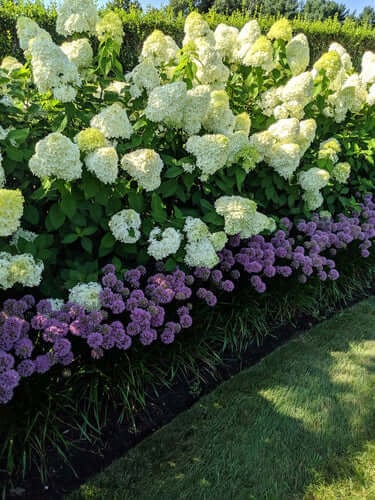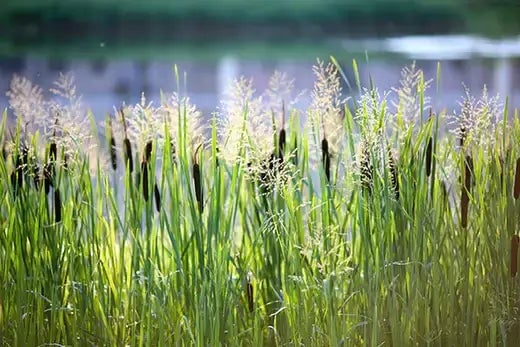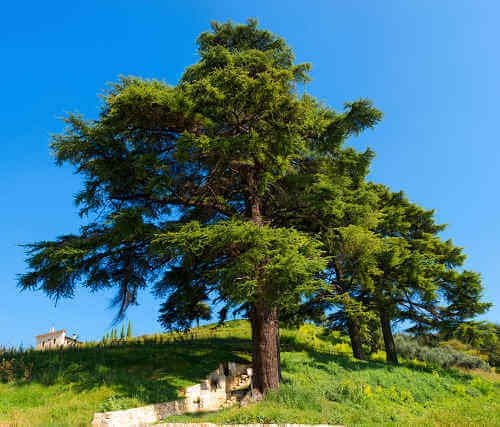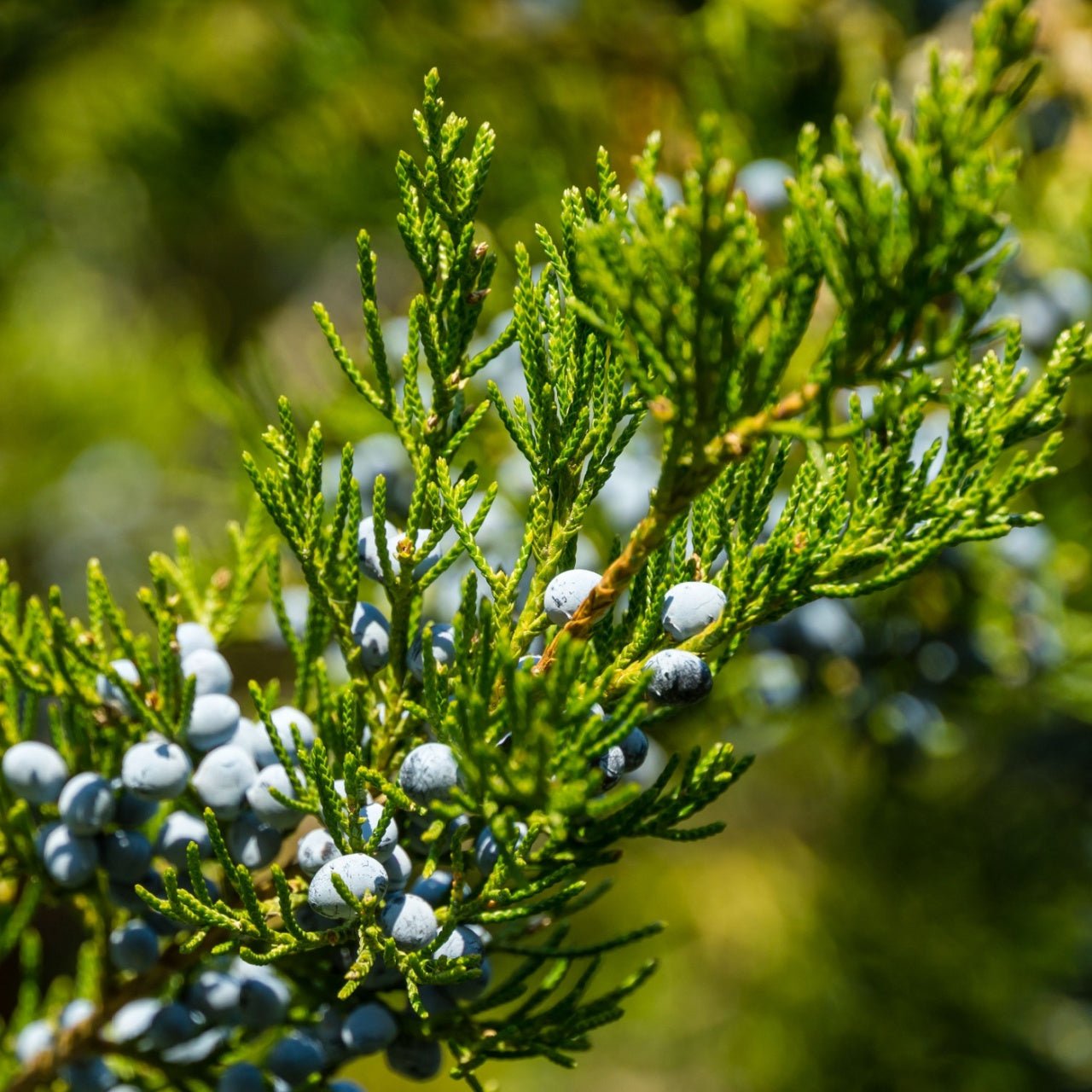While there are many faux cedar trees, like the Western red cedar, Eastern red cedar, Northern white cedar, and the Alaskan yellow cedar, there are only four real cedar trees worldwide. Learning about each real cedar tree may help you make the right choice for your landscaping.
Eastern Red Cedar Is the #1 Cedar Tree in the United States
The eastern red cedar tree is a hardy evergreen tree that grows wild in central North America. The Latin name of the eastern red cedar is Juniperus Virginiana. These cedar trees are used for Christmas trees, privacy hedges, and living fences in landscaping in drought areas where there is little rainfall. You can buy these trees online at Tennessee Wholesale Nursery, and they ship them fast to your house.
Atlas Cedar Tree
You would have to jump on a plane and head to the North African regions of Morocco or Algeria to see the Atlas cedar tree in its native region. There you would see extensive forests of these trees growing in mountainous areas, with many trees reaching about 115 feet tall.
If you live in a temperate climate in zones 6 to 9, the Atlas cedar tree may be the perfect choice for your landscaping because of its drought and heat tolerance. When used in landscaping, these trees often grow to be about 60 feet tall and have a 40-foot spread, so be sure you have enough room for this tree to grow. Do not expect this tree to reach its mature height for about five years; it requires regular watering until it stops growing. Most will form a coniferous form, but a few hybrids take on different shapes. An example is the Glauca Pendula, which grows about 10 feet tall with a weeping form. If you have room, you may want to consider using the Atlas cedar tree because its needles give off a natural oil that deters insects.
This cedar tree grows well in full sun or partial shade, and it is not too picky about the soil where you plant it if it drains well. Its bluish-green needles grow to be about 1.5-inches long. Male barrel-shaped pinecones that are about 2.5-inches in extended sit on this tree's lower branches while the female cones grow higher on the tree, and they have a purplish tint to them.
Deodar Cedar Trees
You would need to make a trek to the Himalayan Mountains to see deodar cedar trees in their natural habitat. People of the Hindu faith consider this tree sacred, and its name means "timber of the Gods" when translated. You would have to look way up to find the top of these trees on your trek, as they often grow to be over 160 feet tall.
This fast-growing cedar may be an excellent choice if you live in growing zones 7 to 11. This tree usually grows to be about 50 feet tall and has a 30-foot spread when used in landscaping. You may be surprised to learn that this tree is heartiest for people who live in hot and humid areas. It will thrive in almost any soil if you keep the ground moist. It needs the full sun to thrive, so consider how much light the area you want to plant it gets throughout the day. This tree will usually grow more than 36 inches in a single year, and it may live for more than 150 years.
This species will grow pyramidal. If you plan on planting it near sidewalks or paths, then prune off the lower branches. It produces sharp-tipped bluish-green or silvery needles that grow to be about 1.5-inches long each year. This tree will lose its needles from the previous year when it puts on new ones in the spring. It also produces reddish-brown, oval pines cones that are about 3-inches long.
Cedar of Lebanon
This tree is the national symbol of Lebanon, and its natural range stretches throughout the Eastern Mediterranean. It is estimated that this tree's native coverage has shrunk by 87%, and there are efforts to replant it underway. It can reach heights up to 130 feet tall in its native setting.
This tree usually grows to be about 80 feet tall when used as an ornamental in landscaping. It thrives in zones 5 to 9. Its spread will often be about 70 feet. It is an excellent choice for those living in areas where it is cold most of the winter because it tolerates cold weather exceptionally well.
The Cedar of Lebanon will have a pyramidal shape as a young tree. When it matures, however, it opens and has a flat top. This option has highly textured bark, so it is often chosen for inclusion in estate gardens. The oils in this tree give off a beautiful aroma. The needles on this tree are square-shaped and grow to be about 1.5-inches long.
Cones will not appear on it for at least 25 years. When they finally appear, male cones are about 1.5-inches long and mature from light green to light brown. Female cones are about the same size, and they mature to be grayish-brown in color when ripe. It takes approximately 18 months for each cone to develop.
Cyprian Cedar
Native to the Paphos, Tripylos, and Troodos mountain ranges in Cyprus, the Cyprian Cedar is the rarest of the four true cedars. A few are also found in Turkey and Syria. In its native setting, this tree will grow to be about 80 feet tall.
Homeowners in zones 5 to 8 can grow this option in their landscaping. When used in parks and yards, it usually grows to be about 50 feet tall. This tree looks like a miniature Cedar of Lebanon tree in many ways, except that it produces horizontal branches. This tree's needles appear in small clumps. They are yellowish-green needles, and they can be up to 0.75-inches long. The needles grow on short stems completely around each branch.
The male and the female pinecones on this tree are light brown and can be up to 4-inches long.
Planting cedar treescedar can be a beautiful addition to your property, community event spaces, and commercial areas. We make that easy by giving you discounts when you buy in bulk.
Best Places to Plant Cedar Trees
Cedar trees are majestic, long-lived evergreens that people appreciate for their beautiful appearance and pleasant smell while demonstrating great resilience across various climates. People plant cedar trees to serve as landscape focal points, windbreaks on expansive properties, and shade and privacy. Selecting the proper planting location for cedars is essential for securing their healthy development and extended lifespan. Find the best planting locations for these majestic trees with these helpful considerations and recommendations.
First, consider the climate. Cedar trees show some flexibility in their environmental needs but prosper best when planted in temperate or cool areas that maintain moderate humidity levels. The Eastern Red Cedar (Juniperus virginiana) can survive in hot and dry conditions, whereas the Deodar Cedar (Cedrus deodara) thrives best in temperate climates. The selection of cedar varieties must align with existing local environmental conditions. Many cedar species find their ideal habitat in regions that experience mild summer temperatures and cool, rainy winters.
Second, assess soil quality. Cedar trees achieve optimal growth in well-drained soil that maintains a pH balance between slightly acidic and neutral levels of 6.0 to 7.5. Root rot and stunted growth occur when cedar trees are planted in heavy clay soils or locations that experience waterlogging. Organic materials like compost can enhance drainage while maintaining proper moisture levels. Performing a soil test before planting enables precise customization of amendments based on your site's specific soil conditions.
Third, prioritize locations with adequate sunlight. Cedars thrive when exposed to full sunlight, which requires at least six hours of direct sun daily. Certain species can grow under partial shade, but insufficient light produces thin foliage and slower growth. Avoiding shaded areas created by structures or thick stands of trees will ensure cedars get the sunlight they need.
Fourth, consider space. Certain cedar species reach impressive dimensions because they can grow to 50 to 70 feet tall while developing a widespread. Ensure enough space between cedar trees and nearby buildings or structures to allow their canopies to grow freely without causing damage or needing constant pruning. Cedar trees require proper spacing between each other to enhance airflow and minimize fungal infections.
Fifth, think about exposure to wind. Cedar species demonstrate excellent adaptability to windy conditions, which enables them to function effectively as windbreaks or screens. Select a protected planting site with natural or artificial wind barriers if your area experiences extreme winter winds or storms. Plant the cedars on your property edge to serve as windbreaks where strong winds most frequently strike.
Remember to evaluate how your landscaping objectives will guide your plant choices. Cedar trees planted in rows along property lines are popular for creating visual barriers and improving privacy. A single cedar tree planted in a sunny front yard or entrance area is an elegant focal point that enhances landscape visual interest. Regular pruning of these trees is necessary to keep their shape intact and eliminate broken branches.
Selecting optimal planting locations for cedar trees requires examining climate and soil conditions, sunlight exposure, space availability, and wind exposure while aligning with design objectives to ensure the trees flourish for multiple generations. Appropriate maintenance and thoughtful placement allow cedars to serve as an essential landscape element that provides beauty, shade, and lasting stability.
Read more

Buying plants online has become an option to help anyone restore their compound on a proper budget. Creativity with suitable landscaping options will help you develop brilliant ideas that will caus...

Tennessee Wholesale Nursery -Habitat Restoration With Native Plants Each of these native species of plants has a use and a purpose. Restoring the habitat of plants native to our habitat preserves ...



